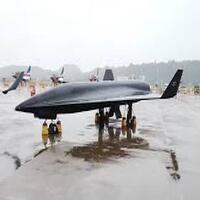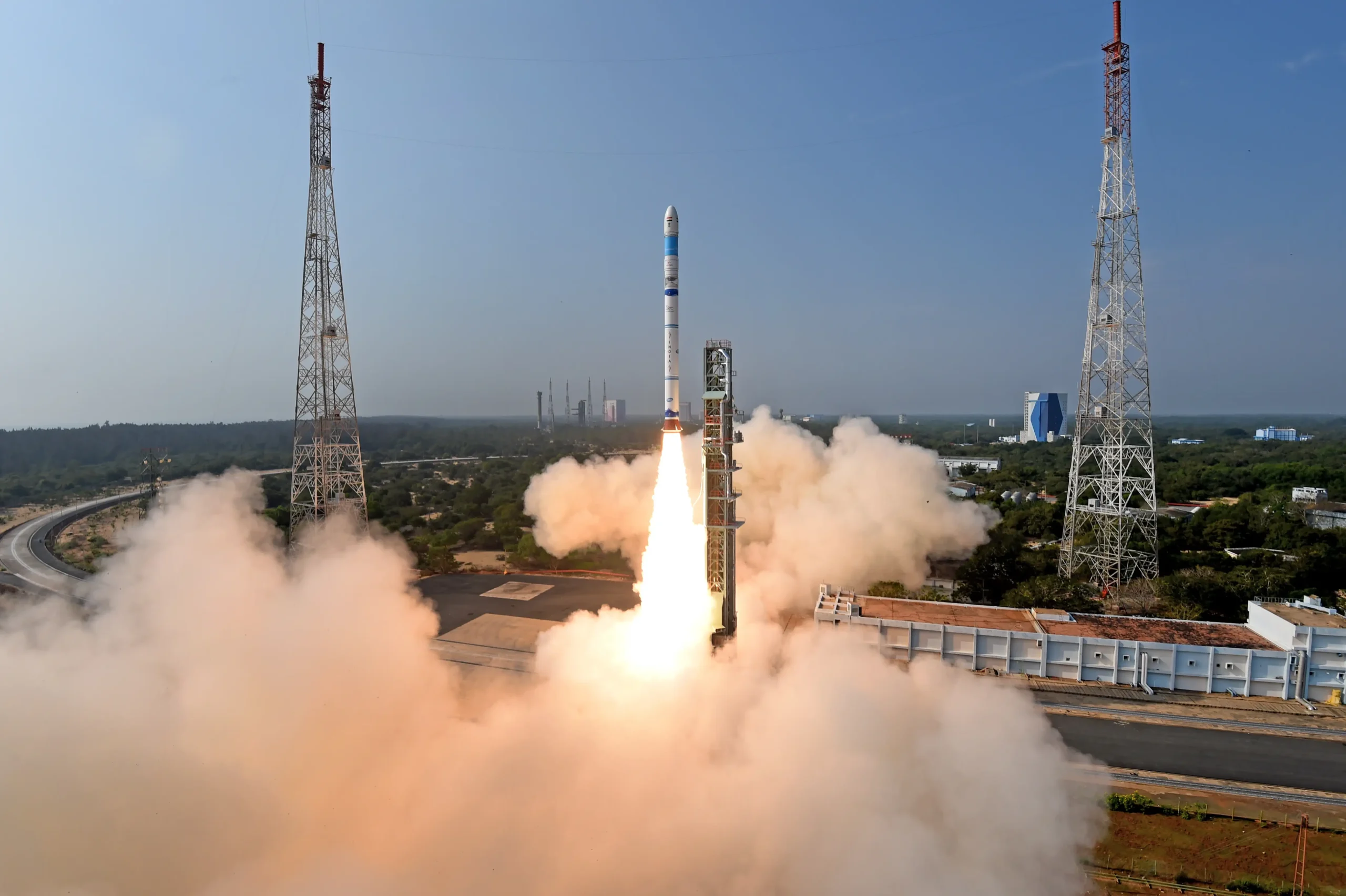
The China’s Chang’e 6 lunar mission returns to Earth with 2.5 millions years old Samples

China’s Chang’e-6 lunar module made a significant advancement for the nation’s ambitious space program on Tuesday when it successfully completed its historic mission to gather the first samples from the moon’s far side.
Just after 2:00 p.m. local time, the reentry module “successfully landed” in a specified zone in the northern Inner Mongolia area of China, as reported by state broadcaster CCTV. The mission control room erupted in cheers when the parachute-landed module was shown on a CCTV livestream.
The Lunar Probe has landed in northern China region on Tuesday. Scientist are anticipating that this Probe will include 2.5 million years of volcanic stones and soil.
“The Chang’e-6 lunar exploration mission has been a complete success,” said Zhang Kejian, head of the China National Space Administration (CNSA), from the control room.
An Overview of the Mission Chang’e 6
Chang’e 6, which is a component of the Chinese Lunar Exploration Program (CLEP), is named after a Chinese moon goddess. The mission is noteworthy because it aims to return samples from the far side of the Moon, which is an unprecedented achievement in space exploration.
Goals of the Mission
Chang’e 6’s main goals are as follows:
Sample Return: To gather and transport samples from the lunar surface, particularly from the moon’s far side.
2. Scientific Research: To carry out in-depth studies on the geology, mineralogy, and possible resources of the Moon.
3. Technological Demonstration: To certify cutting-edge technology, including as methods for collecting and returning samples, for use in upcoming lunar missions.
Details Regarding the China Moon Mission
Design of Spacecraft
Chang’e 6 is made up of several parts, each intended to fulfill a certain function in the mission:
1. Orbiter: Outfitted with cutting-edge communication technologies and high-gain antennas to guarantee dependable data transfer, the orbiter serves as the communication conduit between Earth and the lunar surface.
2. Lander: The purpose of the lander is to land on the moon. It has tools for scientific research and sample collection, such as a robotic arm for gathering samples and a set of tools for in-situ analysis.
3. Ascender: Returning to the orbiter with the samples gathered from the lunar surface is the ascender. To transport the samples, it docks with the orbiter in lunar orbit.
4. Return capsule: The purpose of the return capsule is to securely transport the lunar samples back to Earth by reentering the atmosphere.
Launching Mechanism
One of China’s most potent launchers, the Long March 5 rocket, will carry Chang’e 6. The Long March 5 is the best option for the Chang’e 6 mission because it has a track record of success and can carry large payloads to different orbits.
Landing Site
The South Pole-Aitken Basin on the Moon’s far side has been selected as Chang’e 6’s landing location. Because of its distinctive geological characteristics and the possibility of water ice, this area is very interesting to scientists.
Payloads and Scientific Instruments
A wide range of scientific instruments are included on Chang’e 6, with the goal of optimizing the mission’s scientific yield. Among them are:
1. Lunar Sampling Drill: Using a drill to extract samples from the lunar surface at different depths, this device will shed light on the composition of the Moon’s subsurface.
2. Spectrometer: This instrument will examine the lunar surface’s composition and assist in the identification of minerals and other chemical substances.
3. Seismometer: By monitoring the Moon’s seismic activity, this device will help us learn more about its interior structure.
4. Cameras: To help with the selection of sampling sites and mission documentation, high-resolution cameras will take detailed pictures of the lunar surface.
Also Read: The Air-Breathing Hypersonic Technology Test by ISRO in July 2024: A Significant Advancement in Aerospace Innovation
Scientific Instruments and Payloads
Chang’e 6 differs from earlier lunar missions in that it uses a number of cutting-edge technologies. Among them are:
1. Lunar Sampling Drill: Using a drill to extract samples from the lunar surface at different depths, this device will shed light on the composition of the Moon’s subsurface.
2. Spectrometer: This instrument will examine the lunar surface’s composition and assist in the identification of minerals and other chemical substances.
3. Seismometer: By monitoring the Moon’s seismic activity, this device will help us learn more about its interior structure.
4. Cameras: To help with the selection of sampling sites and mission documentation, high-resolution cameras will take detailed pictures of the lunar surface.
Innovations in Technology
Chang’e 6 differs from earlier lunar missions in that it uses a number of cutting-edge technologies. Among them are:
1. Autonomous Navigation and Landing: The lander can accurately target and land securely on the selected site thanks to its sophisticated autonomous navigation and landing systems.
2. Sample Collection and transmission procedures: To ensure the safe return of lunar samples to Earth, the mission uses advanced procedures for sample collection, storage, and transmission.
3. contact Relay: To ensure constant contact with the Moon’s far side, the mission will make use of the Queqiao relay satellite, which is situated at the Earth-Moon L2 point.
Also Read: India’s electronic exports have grown remarkably, reaching $2.82 billion in June, a 16.91% increase. YoY





